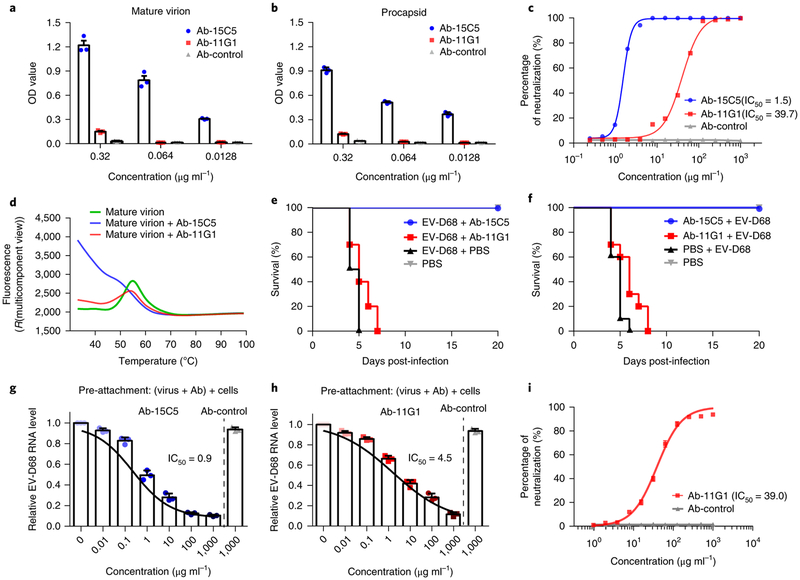Fig. 2 |. Characterization of the neutralizing antibodies 15C5 and 11G1.
a,b, Binding efficiencies of the neutralizing antibodies 15C5 and 11G1 to EV-D68 mature virion (a) or procapsid (b) evaluated with binding ELISA. The values are expressed as mean ± s.d. The experiments were independently repeated in triplicate, c, Neutralization efficiencies of the neutralizing antibodies 15C5 and 11G1 against EV-D68 virus plotted as a function of their concentrations (IC50 titres are noted), d, Particle stability thermal release assay of EV-D68 mature virions and their complexes with either 15C5 or 11G1. The fluorescence value indicates the level of genome exposure relative to temperature. The fluorescence traces are shown for EV-D68 mature virions (green line) as well as their complexes with 15C5 (blue line) or 11G1 (red line). The experiments were independently repeated in triplicate. e,f, Antibody-mediated protection against EV-D68 infections. Groups of 1-day-old BALB/c mice (10 mice per group) were treated with either 15C5 or 11G1 24 h after (e) or 12 h before (f) infection with EV-D68 (106 TCID50 per mouse, i.p.). The mortality of each group was monitored and recorded daily after infection. g,h, The amount of cell-bound EV-D68 viruses detected by quantitative real-time RT-PCR in the presence of the neutralizing antibody 15C5 (g) or 11G1 (h) added before the viruses. The values are expressed as mean ± s.d. The experiments were independently repeated in triplicate, i, Post-attachment neutralization assay of theneutralizing antibody 11G1 shows comparable neutralization capacity to that of regular conditions. The values are expressed as mean ± s.d. The experiments were repeated in triplicate. The IC50 was calculated by nonlinear regression fitting curves using GraphPad Prism version 7.0.

